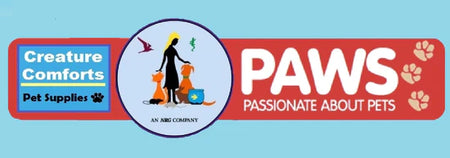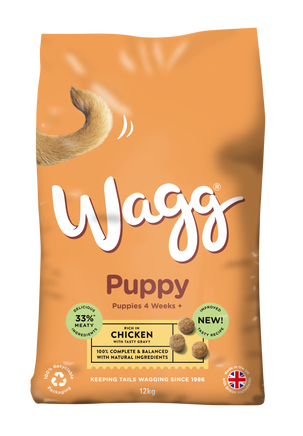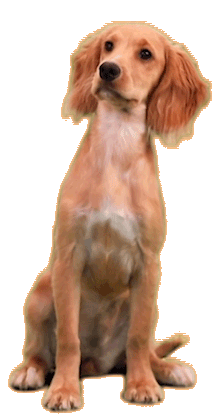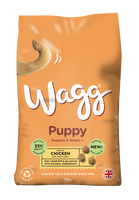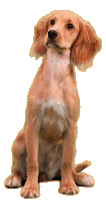DIGESTIVE HEALTH
Contains probiotic MOS to support the population of healthy bacteria within the gut.
Skip to product information
These crunchy kibbles have been formulated to help give your puppy the best start in life. Containing added Omega 3 and a blend of other vitamins and minerals to help support your puppy’s health, we also add citrus extracts and nucleotides to encourage a strong immune system.
